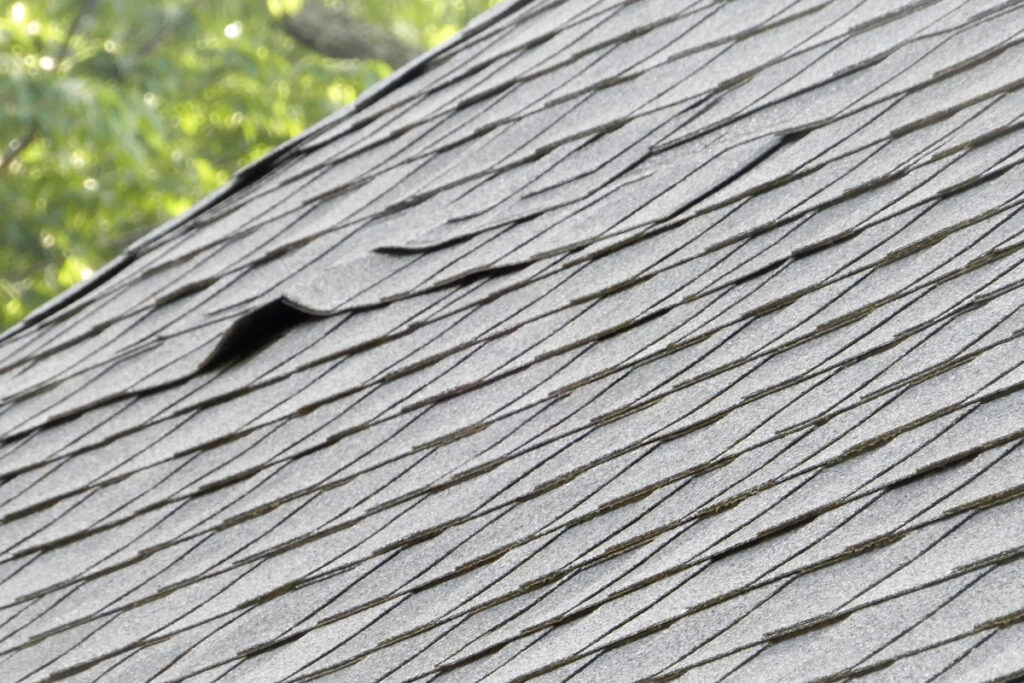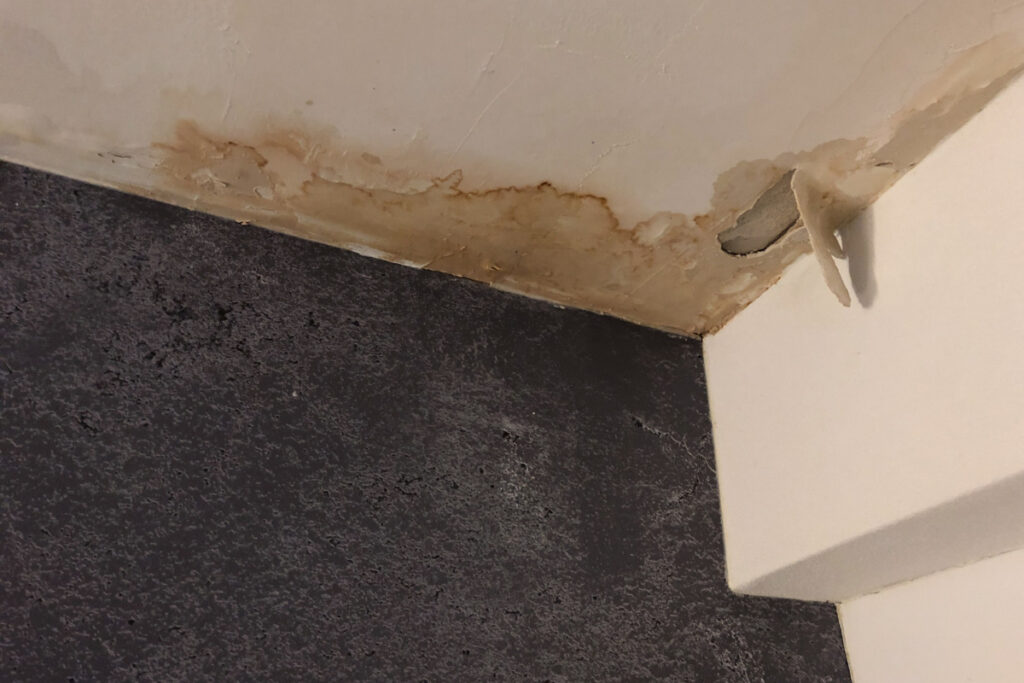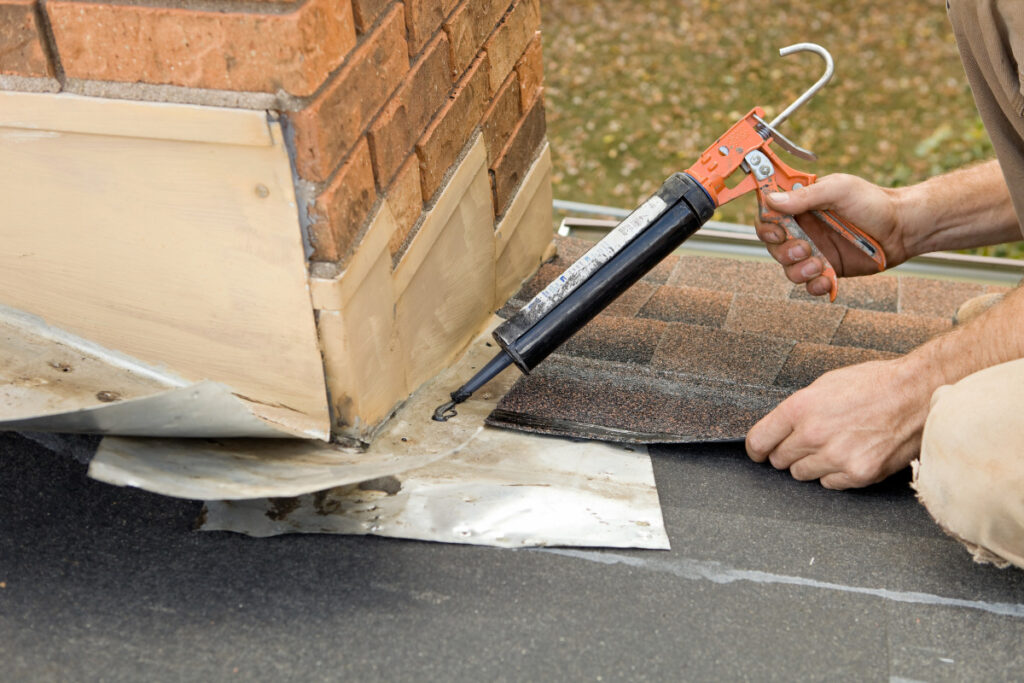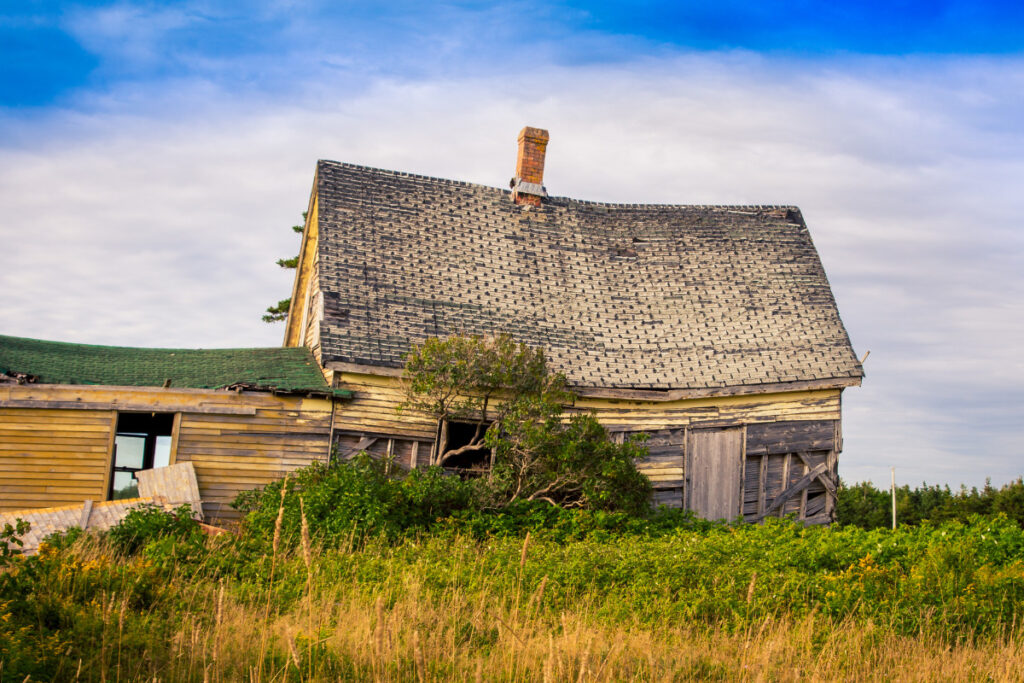Introduction
Welcome to DroneQuote, your go-to online marketplace for reliable solar and roofing solutions! In this educational guide, we’ll break down the average lifespan of a roof by region in America. As homeowners, understanding regional factors that affect roof longevity is crucial in making informed decisions about materials, installation, and maintenance.
Our team at DroneQuote is here to provide you with honest quotes and superior expertise so that you can make the best choices for your home’s roofing needs. So let’s dive into it – because knowledge truly is power when protecting your property value and energy efficiency.
Understanding The Lifespan Of Roofs
Roof lifespan is affected by climate, materials, and quality of installation and maintenance.
Factors That Affect The Lifespan Of Roofs
Various factors affect the lifespan of a roof. One significant factor is the roofing material, with high-quality materials like metal, slate, and tile lasting longer than asphalt shingles or wood shakes. Proper installation by experienced professionals is also crucial in ensuring a durable roofing system that can withstand different weather conditions.
Climate and regional weather patterns also play an important role in determining how long a roof will last. Harsh winters or extreme heat can lead to more wear and tear on roofs, reducing their durability. For example, homes in coastal areas may experience accelerated aging for certain roofing materials, such as wood shakes or asphalt shingles, due to increased moisture levels and strong winds from tropical storms or hurricanes.
Proper ventilation and insulation are essential for extending the life expectancy of roofs by preventing moisture damage and temperature fluctuations.
Regional Climate Differences
Regional climate differences play a significant role in determining the average lifespan of a roof across America. Weather patterns vary from region to region, with some areas facing harsh winters and heavy snowfall while others contend with scorching summer heat or intense storms.
For example, in the Northeast, roofs are more likely to experience damage caused by ice dams and heavy snow loads. Meanwhile, homes in Florida face frequent high winds and hurricanes, emphasizing material durability and proper installation techniques. On the other hand, California roofs must withstand hot temperatures and prolonged sun exposure that may cause materials like asphalt shingles to degrade rapidly. Homeowners must choose roofing materials best suited to their climate to ensure safety.
Furthermore, regional building codes sometimes dictate which roofing materials can be used based on factors such as wind resistance or fire ratings – ensuring that homes are built according to local environmental challenges. When considering a new residential roof replacement or repair, it is crucial to understand regional climate differences. Professionals can help you make informed decisions about your home’s energy efficiency and longevity.
Roofing Materials And Their Average Lifespan
A roof’s lifespan depends on the roofing material, which offers different degrees of durability, weather resistance, and maintenance requirements. This section will explore common roofing materials and their average lifespans to provide insight into what homeowners can expect from their roofs.
- Asphalt shingles are America’s most commonly used residential roofing material due to their affordability and ease of installation.
- Architectural shingles offer a longer lifespan due to their thicker layers and higher wind resistance.
- Metal roofing provides enhanced durability with an average lifespan of 40-70 years.
- Tile roofs, made from clay or concrete tiles, offer excellent longevity with lifespans ranging from 50-100+ years when properly maintained.
- Slate roofs are durable due to their natural stone composition.
Wood shake roofs are eco-friendly but require regular maintenance and a life expectancy of 20-40 years with proper care. They are not as long-lasting as other options but are more eco-friendly.
In summary, while various factors influence a roof’s lifespan—including regional climate differences—the primary determinant remains the material used during construction. By understanding each material’s average lifespan along with additional considerations like maintenance requirements or sustainability goals,—homeowners can make informed decisions about which option best suits their needs before committing to any one product within our vast solar & roofing marketplace online offerings at DroneQuote in America by region(encompassing California roof, New England roof, Florida roof specifically).

Importance Of Maintenance And Installation Quality
Maintaining your roof through regular check-ups and proper installation is crucial to ensure its longevity. Ignoring minor issues may result in expensive repairs or complete replacements later on, making it necessary to schedule a professional inspection at least twice a year. After severe weather conditions like heavy rains, snow, or hail, you should prioritize scheduling an inspection.
Choosing the right roofing contractor for installation also plays a fundamental role in ensuring the overall quality of workmanship and material used. While opting for cheaper options might seem like an excellent way to save money initially, it ultimately leads to major issues that will cost you more than you saved earlier. So it’s better to invest in quality from the start as it will pay off exponentially over time concerning cost-effectiveness and lifespan.
Average Lifespan Of Roofs By Region In America
The average lifespan of a roof varies by region in America due to differences in climate, weather patterns, and roofing materials. Keep reading to learn more about the lifespan of different types of roofs in each region.
Northeast
The Northeast region of America is known for its harsh winters and precipitation, which can lead to roof damage. Asphalt shingle roofing materials dominate the industry due to their affordability and ease of installation, offering a lifespan of around 15-20 years in this region. However, slate and copper roofs are also popular due to their durability and aesthetic appeal but come at a higher cost. Homeowners in the Northeast should pay attention to regular maintenance to protect their roofs from harsh weather conditions.
Roofing contractors must also adhere to stricter building codes in this region than in others, with specific requirements for ventilation and insulation that vary by state or municipality. A well-installed roof will help maximize energy efficiency as it helps homes retain heat during cold winters while reducing unnecessary use of air conditioning during warm summers. When planning replacement or repair services in Northeastern states such as New York, Pennsylvania & Maine, homeowners must consider hiring qualified professionals who understand what makes up an excellent roofing system; failure to do so could result in subpar workmanship, jeopardizing insurance coverage or even property values over time.
Southeast
The Southeast region of the United States experiences high humidity and rainfall, causing wear and tear on roofs. Asphalt shingles typically last 15-20 years in this area due to extreme weather conditions such as harsh winds, heavy downpours, and hurricanes. Clay tiles have a longer lifespan of up to 50 years under ideal circumstances but may experience premature aging if exposed to moisture or temperature changes. Many homeowners are turning to metal roofing for its durability and resistance against severe weather.
Homeowners in the Southeast should prioritize regular maintenance and inspections since storms can cause significant damage that may not be immediately visible. Signs of roof damage include missing shingles or panels, cracked tiles, or water stains on ceilings inside your home. Timely repairs help extend the lifespan of your roof while preventing costly replacements in the future. Investing in quality materials like clay or metal will protect homes from storms while reducing long-term costs associated with premature repair needs unique to this region’s environmental factors.
In summary, choosing an appropriate roofing material depends heavily on regional climate differences affecting its longevity for Southeast homeowners’ roofs. Regular maintenance alongside durable materials provides better protection during storm season while minimizing long-term replacement expenses caused by environmental factors unique to this area.
Midwest
The Midwest region of America experiences diverse weather patterns that can impact the lifespan of residential roofs. Extreme temperatures during summers and winters with heavy snowfall can lead to wear and tear on roofing materials, compromising their durability. For instance, asphalt shingles have a typical lifespan of 20-25 years in this region compared to longer-lasting metal roofing options, which last for over 50 years due to their resilience against extreme climatic conditions.
Choosing high-quality roofing materials is imperative for extending your roof’s lifespan while reducing subsequent expenses associated with repairs or replacements. Regular maintenance is equally important for keeping your roof in top condition while reducing the risk of damage caused by strong winds or heavy rainfall linked to weather-related issues.
Working with experienced contractors who understand the unique challenges of this region’s climate is essential for homeowners looking forward to installing or replacing their roofs in the Midwest. It guarantees quality installation services using durable construction materials suitable for harsh environmental factors affecting the area over time.
Southwest
The Southwest region of America presents unique challenges for roofing due to the hot and dry climate, which can cause damage from UV rays and extreme temperatures. Asphalt shingles are popular because of their affordability but have a shorter lifespan of 15-25 years with proper maintenance. However, metal roofing is becoming more common due to its durability and ability to reflect sunlight, leading to a longer life expectancy of up to 50 years.
Strong winds during monsoon season also threaten roofs in this region. Proper installation and high-quality materials are crucial for extending the life span of residential roofs. For instance, tile roofs made from concrete or clay offer better resistance against strong winds but may require additional structural support because they are heavier.
Homeowners in the Southwest should inspect their roofs regularly for signs of damage, such as cracked or broken tiles or missing shingles. Prompt repairs can prevent further damage that could lead to later costly replacements. Choosing appropriate roofing materials suited for this climate and maintaining them properly over time can help extend a roof’s life span by at least several years.
West
The western region of the United States is characterized by a hot and dry climate that can negatively impact roofs over time. In California and Arizona, extreme heat can cause roofing materials to age prematurely, with asphalt shingles lasting 15-25 years on average. However, homeowners are increasingly turning to more durable and energy-efficient metal roofing with an average lifespan of up to 50 years, especially in areas prone to wildfires.
In Oregon and Washington, with higher rainfall levels than other regions, moisture-related issues such as moss growth may reduce roof longevity. Wood shake roofing is prevalent in these areas but needs regular inspection and maintenance to prevent rotting or splitting caused by excess moisture. Alternatively, tile roofs are suitable for their resistance against heat and water damage, with an average lifespan of 50-100 years, depending on whether they’re made using clay or concrete.
Selecting appropriate roofing materials that match regional conditions while adhering to local building codes is crucial for anyone owning a home in the Western United States. It’s also recommended that yearly inspections be conducted regularly regardless of the type of roof installed for proper maintenance purposes.
Signs Of Roof Damage And When To Consider Replacement
If you notice shingles curling or buckling, water damage or leaks, excessive granule loss, sagging roofline, damaged flashing, or chimney issues on your residential roof, it may be time to consider a replacement. Keep reading to learn more about how to extend the lifespan of your roof and what factors affect roofing durability.

Shingles Curling Or Buckling
One indication that your roof may be approaching the end of its useful life is when shingles curl or buckle. This can occur due to various factors, including inadequate ventilation, improper installation methods, and aging. When shingles begin to curl or buckle, it exposes portions of your roof to moisture and weather damage.
Neglecting this issue could result in more severe problems, such as leaks in your home or mold development. It’s essential for homeowners to routinely inspect their roofs for any signs of deterioration and promptly take action if they observe anything out of the ordinary. By addressing curled or buckled shingles early on, you might avoid expensive repairs later down the road and prolong the longevity of your roof.

Water Damage Or Leaks
Water damage or leaks on your roof can be a significant issue and may indicate the need for a replacement. Gaps in shingles or tiles can lead to water damage in homes. This can leave unsightly water stains on walls and ceilings and even promote mold growth, which poses health risks to you and your loved ones.
Reproducing water damage promptly is crucial because delaying repairs can lead to more extensive issues, such as structural damage. Regular inspections by a professional roofing contractor are vital to identify potential problems early on, preventing costly repairs. Preventative measures such as ventilation and drainage systems are essential for preventing roof damage. Early detection is key to preventing costly water damage from leaking roofs.
Excessive Granule Loss
Asphalt shingle roofs commonly face the problem of excessive granule loss. These tiny granules protect your roof from harmful UV rays and damage, so losing too many can significantly reduce your roof’s lifespan. You may notice this issue if you see numerous granules in your gutters or downspouts or if there are bare spots on the shingles.
Granule loss could be caused due to various factors like aging, weathering, inadequate installation, and using low-quality materials. If not addressed promptly, it could lead to leaks, potentially expensive repairs, or a complete roof replacement. Regular inspection and cleaning can help prevent granule loss and ensure roof health.
Sagging Or Dipping Roofline
A drooping or sagging roofline clearly indicates that your roof requires attention. It could be due to various reasons such as age, water damage, or poor installation. By neglecting it, you risk facing severe issues like structural damage and water leaks while negatively impacting your home’s curb appeal and value.
To remedy this issue, it’s crucial to seek the assistance of an experienced roofing contractor specializing in repairing sagging or dipping rooflines. They will evaluate the extent of the problem and recommend appropriate repairs. They may have to replace entire roof structure sections to stabilize it.
It’s wise not to delay fixing any problems with your roof, as early intervention can prevent them from turning into more significant issues that are costly to address. Regular inspections by licensed professionals can help identify potential issues before they worsen.

Damaged Flashing Or Chimney
Flashing and chimneys are critical to your roof, as they help prevent water from entering your home. Flashing or chimney damage can lead to leaks and significant water damage. Some signs that your flashing or chimney may be damaged include cracks, rusting, or missing parts.
If you notice any problems with your flashing or chimney, you must address them promptly by hiring a professional roofing contractor to conduct repairs. Doing so will help prevent more extensive damage to your roof and keep repair costs down. Regular inspections can identify potential issues before they become larger problems.
Overall, Maintaining good condition for a roofing system is essential for extending its lifespan and protecting a household. Call a roofing company if you notice something unusual in the chimney’s appearance.
How To Extend The Lifespan Of Your Roof
Regular inspection, ventilation, repairs, and quality materials are essential for a long-lasting roof. Keep reading to discover how to keep your roof in shape for years.

Regular Inspection And Maintenance
To ensure your roof lasts as long as possible, it’s crucial to conduct regular inspections and maintenance. This helps catch potential issues early on before they become costly problems or require a full replacement. A professional roofing contractor can inspect for weather-related hail or wind damage and advise on necessary repairs.
Aside from professional inspections, homeowners should also perform routine DIY checks regularly. Look for discolored or curling shingles as signs of wear and tear on the roof surface. It’s also important to clean gutters and downspouts routinely to prevent water buildup that could lead to corrosion over time.
Regular inspections improve energy efficiency and reduce insurance premiums caused by accidents resulting from neglectful roofing practices. Keep track of when you last had an inspection to ensure everything runs smoothly and without distractions!
Proper Ventilation And Insulation
Proper ventilation and insulation are vital for the longevity of a roof. Inadequate attic ventilation can result in moisture buildup, causing mold growth and deterioration of roofing materials. Excess heat can damage shingles and speed up aging in hot climates, especially in the Southwest.
Insulation also plays an essential role in maintaining a healthy roof environment. Warm air inside the house can escape into the attic without adequate insulation, creating ice dams during colder months. These ice dams could lead to water seeping into your home or damaging your roof’s structural integrity. Proper insulation helps regulate indoor temperature and reduces energy costs across all regions of America.
Timely Repairs And Replacements
Maintaining your roof through proper and timely repairs or replacements is essential. Regular inspections can help identify potential issues that could lead to more serious problems in the future. By addressing these problems promptly through repairs or replacement, you can prevent them from worsening and avoid costly expenses in the long run.
If your residential roof has reached its life expectancy (typically 15-50 years, depending on material and region), it’s time to start considering replacement options before severe damage occurs. Choosing high-quality materials and professional installation are crucial factors in ensuring the longevity of your new roof.
Choosing Quality Materials And Installation
Choose high-quality materials and ensure proper installation techniques to increase the longevity of your roof. Opting for cheaper or subpar material options can lead to a shorter lifespan for a roof. Alternatively, investing in quality roofing materials such as slate or metal can offer exceptional durability against harsh weather conditions.
Moreover, hiring certified professionals with extensive experience ensures your new roof is installed correctly while following all necessary building codes. This guarantees a longer-lasting roof and can help prevent costly future repairs. Additionally, selecting energy-efficient products like cool roofs can lower energy bills while extending the life of your new roofing system. Ultimately, choosing top-notch materials and professional installation upfront can save time and money in the long run.
Conclusion
Understanding the lifespan of your roof is essential for making informed decisions about maintenance and replacement. By considering regional climate differences, roofing materials, installation quality, and regular maintenance, you can maximize the longevity of your roof.
Knowing a roof’s lifespan in each region can help homeowners plan for repairs or replacements. At DroneQuote, we provide our clients with honest and educational quotes from top-rated roofing companies so they can make informed decisions about their home improvement needs. Sign up today to go solar and keep your roof strong and long-lasting.

